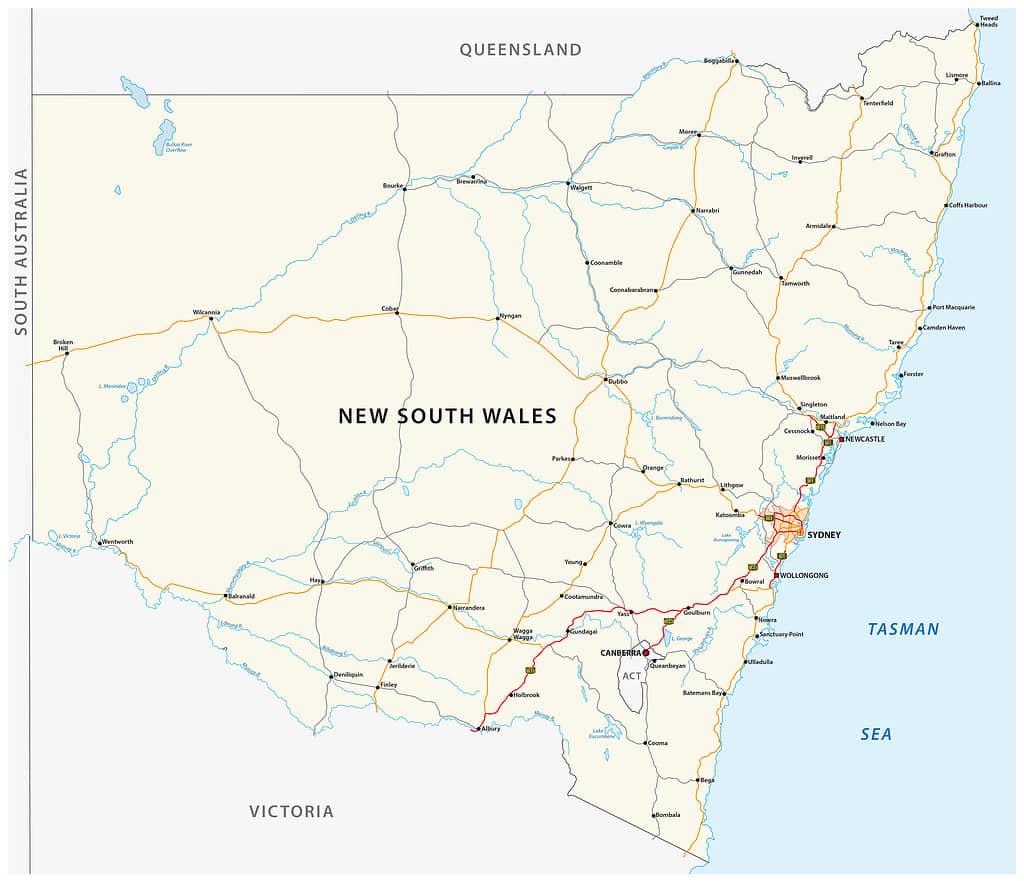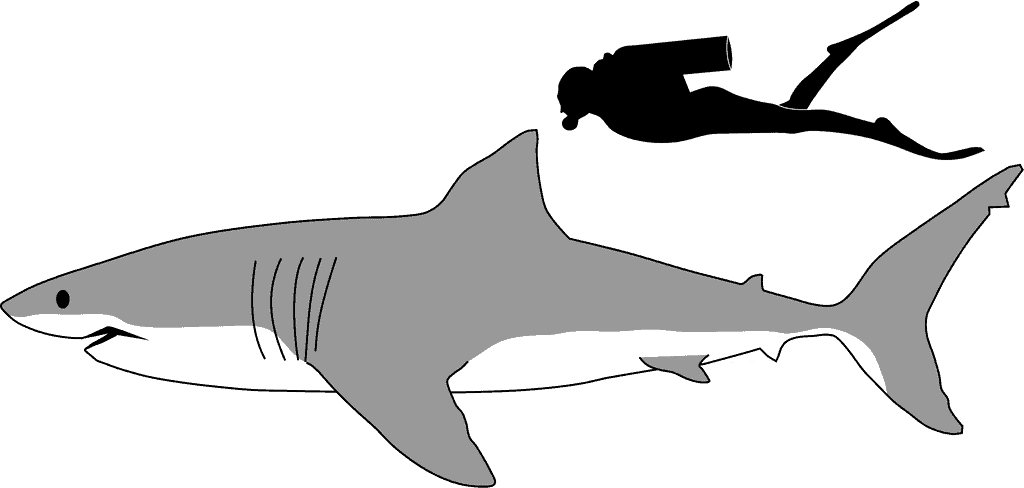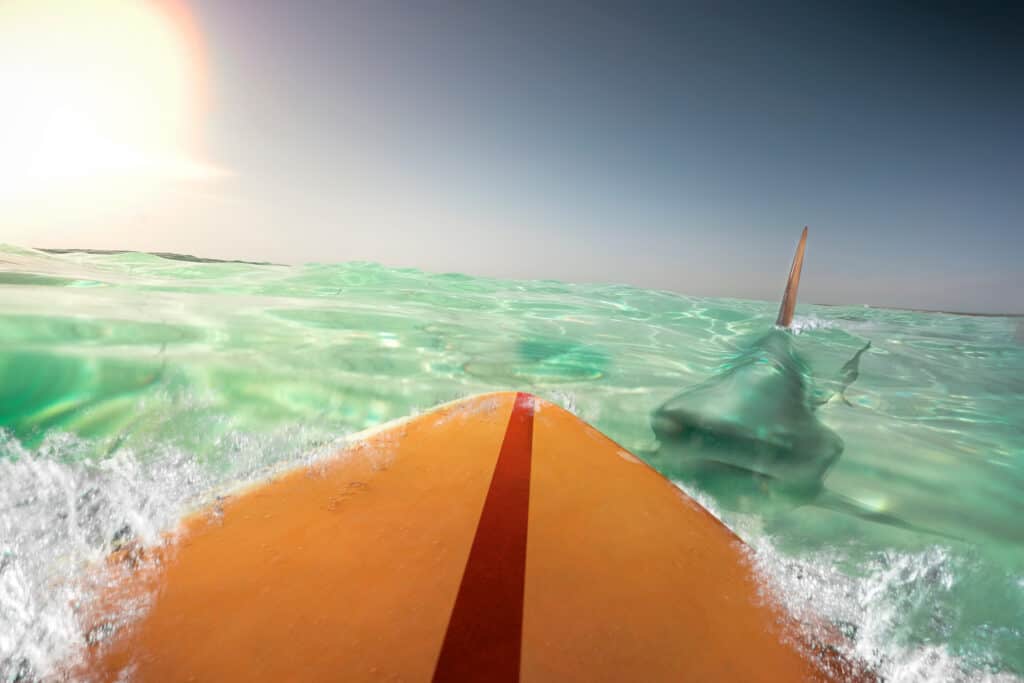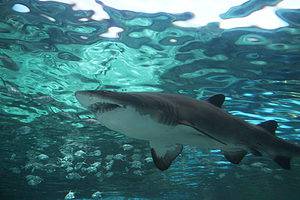The oceans are the world’s last great expanse of untamed wilderness. While they comprise 70 percent of our planet’s surface, 80 percent of their watery depths remain unexplored. What lurks within the ocean’s murky interior can be as terrifying as it is fascinating. Perhaps no other species that calls the ocean home invokes more nightmares than the great white shark. Any shark capable of taking a bite out of a human is too big, but part of its sinister reputation has to do with its massive size. Just how big are the largest great white sharks ever found off New South Wales waters? Let’s take a look at the research.
New South Wales, Australia

New South Wales is Australia’s most populous state.
©Rainer Lesniewski/iStock via Getty Images
Situated on the southern east coast of Australia, New South Wales (NSW) is the country’s most populous state. It is treasured for its endless golden beaches, wild bushland, and capital city of Sydney. Sydney is also the county’s most populous city. The state of NSW borders Queensland to the north, Victoria to the south, and South Australia to the west.
With its wealth of famous beaches like Byron Bay and Bondi Beach, the waters off NSW’s coast attract crowds of locals and tourists alike. Most enter the water aware of the host of marine life that call those waters home. While few of the local aquatic residents pose any threat to the humans entering their home, the water off the NSW coast does support populations of sharks capable of doing serious damage to human visitors.
Dangerous Sharks in NSW

Tiger
sharks are one of the three sharks responsible for the majority of shark bites in New South Wales.
©le bouil baptiste/Shutterstock.com
Sharks play an integral part in a healthy ocean ecosystem. People need to understand that when they enter the water, they are guests in the sharks’ home. According to Shark Smart NSW, only three species are responsible for nearly all shark bites in the area’s waters. Those are tiger sharks, bull sharks, and great white sharks.
The three target sharks, as they are called, are the focus of the NSW government tagging, tracking, and shark mitigation program. Thanks to this program, which is the largest in the world, we have a better understanding of shark behavior all around Australia’s coast.
According to the International Shark Attack File (ISAF), Australia has the second highest amount of shark attacks with 123 bites, 20 of them being fatal, since 2012. Florida, with 259 bites and 0 fatal attacks since 2012, is first on the list. ISAF’s data from 1700 to the present shows that in Australia, NSW has the highest incidence of shark attacks at 271 followed by Queensland with 199. From 2012 to 2021, there were 141 shark bites in NSW.
Check out Shark Smart’s video showing the activity of sharks tagged in NSW.
Great White Sharks

Once great white sharks reach maturity, they prey on sea mammals such as this unfortunate sea
lion
.
©Sergey Uryadnikov/Shutterstock.com
Great white sharks (Carcharodon carcharias) may not be the largest predators in the ocean — that distinction goes to sperm whales — but they are the biggest aquatic hunters with any interest in making a meal out of a human. Although extremely rare, great white sharks have attacked and killed people all over the world.
While they certainly don’t deserve the notoriety they gained from the movie Jaws as insatiably murderous, the species has attacked and killed more humans than any other shark species on the planet. Worldwide, great whites are responsible for 351 attacks, 59 of them fatal, since 1958, according to the ISAF. Most often, a great white attack does not end in the consumption of its human victim. Only 17 percent of attacks are fatal. Scientists theorize that great whites often mistake a human for its natural prey and only realize their mistake after taking a bite. Sometimes that bite is enough to cause a victim to bleed to death.
According to a study published in Nature, an estimated 2,500-6,700 great white sharks are swimming in Australia’s waters.
Biggest Great White Sharks Spotted in NSW
With so much mystery surrounding these often misaligned creatures, it has traditionally been difficult to pin down an exact size for sharks when they are spotted swimming in the ocean. This has not stopped people from reporting what they believe to be some pretty big sharks.
How Big Can a Great White Get?

Great whites are roughly triple the size of an adult human.
©Kurzon / CC BY-SA 3.0 – License
The truth is, scientists don’t know. Reliably measuring great white sharks is a tricky endeavor. For one, it’s obviously very dangerous to be near them in water, and taking measurements while they are swimming is not reliable. Measuring a dead whale out of the water might be the best way, but the fish shrink out of the water, and it still doesn’t tell us how big they are capable of getting.
We do, however, have both verified and unverified reports to give us a general idea of the biggest great whites. The Guinness Book of World Records reports that the two largest great whites ever measured were 36 and 37 feet long. The smaller one was captured in the 1870s in South Australia and the larger one in New Brunswick, Canada. Nothing in modern times has come close to these sizes, so experts doubt the reliability of either the measurements or the species identification.
The largest great white whose length was reliably verified was 20.3 feet. The shark was caught in 1983 near Prince Edward Island, Canada. Based on the data we have, however, a typical male great white grows to between 11-13 feet and a female to between 15-16 feet.
15-Foot Great White Caught in Net Protecting Popular Beach
In 2018, the NSW government confirmed a massive 15-foot great white shark was found dead at Maroubra Beach in Sydney after getting tangled in shark nets set up to protect beachgoers from shark attacks.
“The tail alone was 2m [6.5 feet] tall, with the pectoral fins of over 1m [3.3 feet]. Shark is pushing over a ton in weight,” the Inertia reports NSW-based fisherman Trapman Bermagui wrote on Facebook. “One of Sydney’s most popular surf beaches.”
Surfer Fights 13-Foot-Long Great White for 30 Seconds

Surfers have been among the most at-risk groups for shark attacks for the last 40 years.
©serpeblu/Shutterstock.com
More recently in August 2023, a 44-year-old father of two was surfing at Lighthouse Beach in northern NSW when a 13-foot great white shark attacked him. The Guardian reports that Toby Begg fought off the shark for 30 seconds before swimming himself to shore.
Begg suffered “serious injuries from his hip to his calf and lower legs,” according to the Guardian. Although his injuries were life-threatening, an off-duty emergency room doctor was on the beach at the time of the attack and was able to apply a tourniquet to Begg’s leg, likely saving his life.
15-Foot Great White Kills Swimmer on Camera
In 2022, a great white shark almost 15 feet long attacked and killed a swimmer off of Little Bay in Sydney. The nightmarish ordeal was caught on camera and witnessed by horrified beachgoers.
“In the terrifying scene captured by a beachgoer, the shark could be seen thrashing around as the waves turned bright red from the victim’s blood,” the New York Post reports.
Police recovered human remains from the scene after a lengthy search. The attack was the first fatality from a great white in Sydney since 1963.
The photo featured at the top of this post is © Martin Prochazkacz/Shutterstock.com
Thank you for reading! Have some feedback for us? Contact the AZ Animals editorial team.






